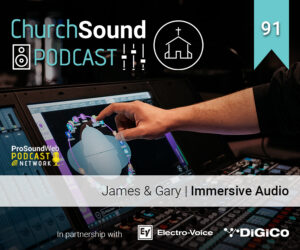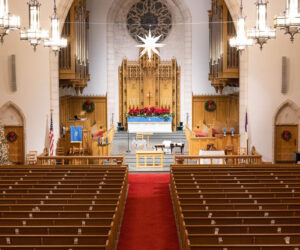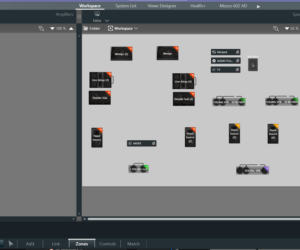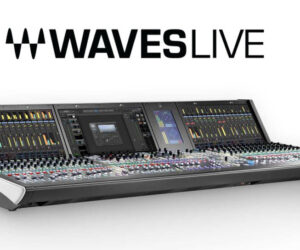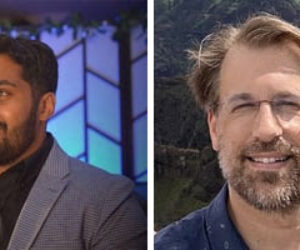Between microphones, in-ear monitors, and intercoms, wireless system channel counts at performance venues numbering in the dozens are commonplace, routinely going into the hundreds for larger productions and installations. Managing that much RF without interference, dropouts, or intermodulation requires significant expertise.
To meet that need, Brooks Schroeder founded Frequency Coordination Group (FCG) in 2013, having designed and deployed antenna systems and managed frequency conflicts for a wide variety of clients. “I struck out on my own to provide a needed service,” Schroeder says. “Depending on the situation, the best wireless solution may involve products from a variety of manufacturers, and being independent allows us to provide a solution that is fully optimized for each client’s unique situation.”
With the pending changes to the UHF spectrum pending at the FCC and a wide range of wireless-dependent installations at risk, Frequency Coordination Group finds itself lending its expertise to some high-profile productions, often in difficult wireless environments like Las Vegas or Broadway.
“For example, we just finished an update to the longstanding wireless rig at Cirque du Soleil’s Zumanity show in Las Vegas,” Schroeder notes. “The show has been running for 10 years, so naturally, some of the equipment was due to be updated. In addition, a lot of their systems are in the 600 MHz band, much of which will likely not be legal to use a few years from now. We consult with these productions to ensure that any changes made are appropriate for continued long-term success.”
The Zumanity installation involved changing out a dozen wireless microphone channels while also incorporating ten new in-ear systems. The show requires coverage throughout the stage, house, and backstage areas of the 1,200-seat theater.
“It may not sound like a huge challenge, but any change you make in this environment is critical,” notes Dave Robertson, head of audio for the Zumanity production at the New York New York casino. “The new equipment sounds better and has a lot more channel flexibility than our old systems, but this involves a lot more than just finding open channels. It’s all about planning for the future, which is why we brought in FCG. Brooks brings in a lot of personal expertise and knowledge, plus some specialized equipment, to make sure that the frequency plan works as planned.”
Zumanity uses about 55 wireless channels, and to assure interference-free operation, those frequencies muse be coordinated with the rest of the building, including the hotel’s AV department and those of neighboring properties, pushing the total frequency count to well over 100.
“Perhaps the biggest source of potential interference is in a neighboring hotel, the Monte Carlo,” notes Robertson. “Their theater for the Blue Man Group backs right up to ours, so we coordinate with them as well. So even though a lot us audio technicians like to thing we’re RF specialists, the fact is that there are really only a handful of specialists out there who can do everything we need for success. That’s why we’re working with Brooks and Frequency Coordination Group. It’s just the smart thing to do.”
According to Schroeder, the majority of his company’s growing business involves high-stakes corporate shows, televised special events, and music festivals. “Having been in this business for 15 years or so has given me a great familiarity with a lot of the venues we’re asked to work in,” he says. “We also work with some of the larger tours, both musical and theatrical. In most of those cases, they are hiring RF specialists to go on the road. We work with them in rehearsals, making sure they have a solid system design and the right tools for the job. A big part of that is making sure they have the processes in place to ensure that will be successful as they move from city to city.”
Schroeder, who holds the title of project manager, sees wireless management as a multi-focal area. FCG arrives on site with the most advanced intermodulation software, scanners, filters and antennas. But in the current crowded RF environment, it takes more than hardware.
“We’re called Frequency Coordination Group because that’s our core service, but it goes a lot further than that,” says Schroeder. “We also bring a wealth of experience – with little get-out-of-jail tricks that help us consistently meet or exceed the customer’s needs. Like I tell people, you can go out and buy a great sports car, but that doesn’t mean you can win LeMans. It takes driving expertise, mechanics, and experience to be successful in a difficult environment. That’s what we bring to the party.”





